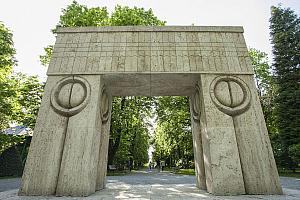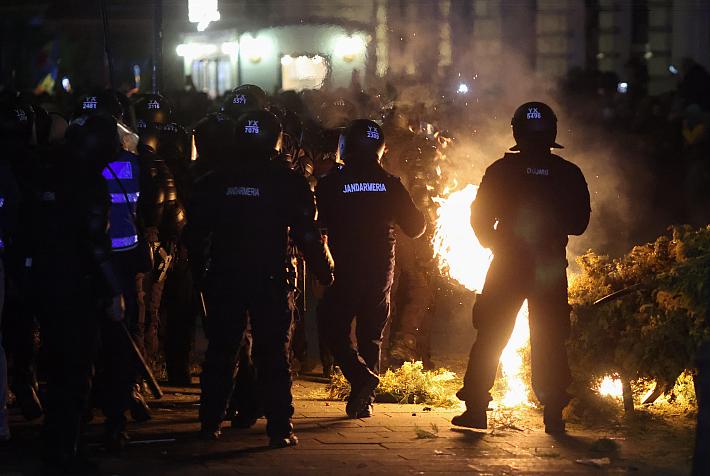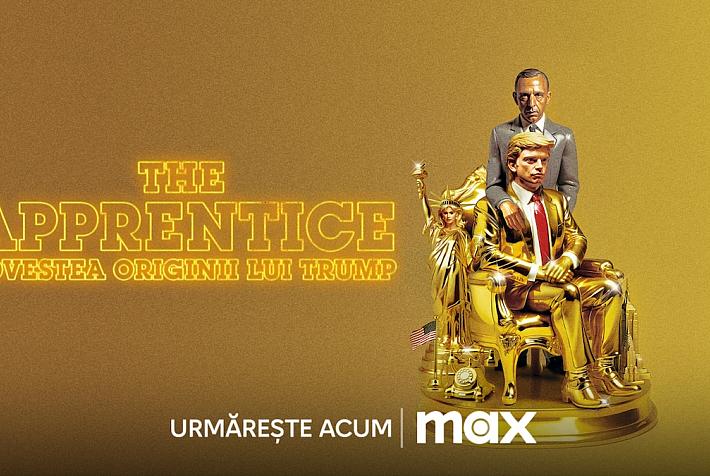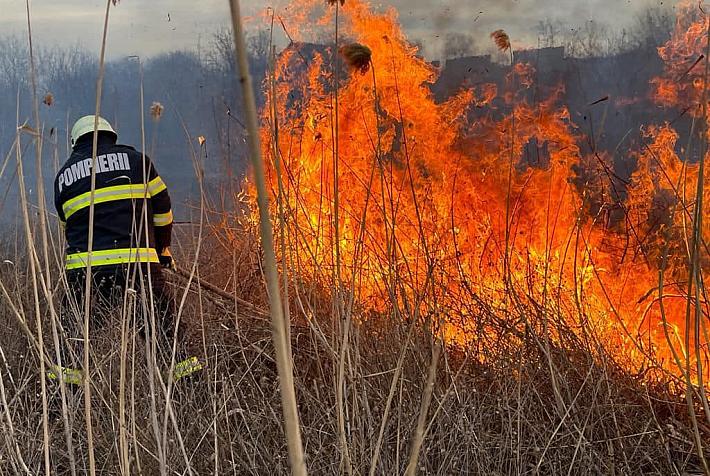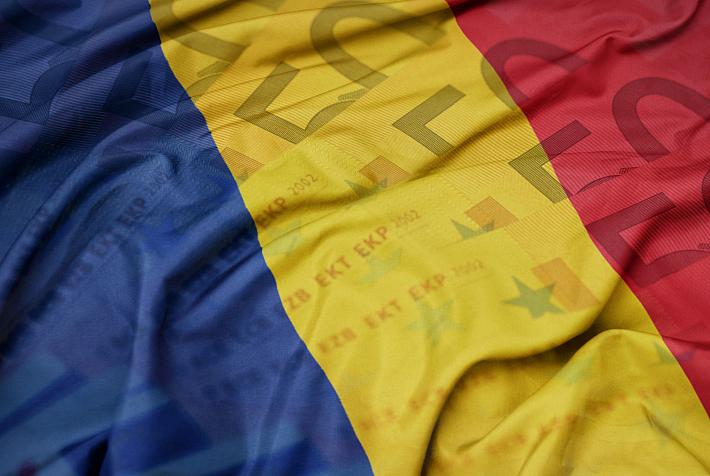Southern Romania: Tulcea local authorities plan UNESCO Geopark for northeastern Dobrogea
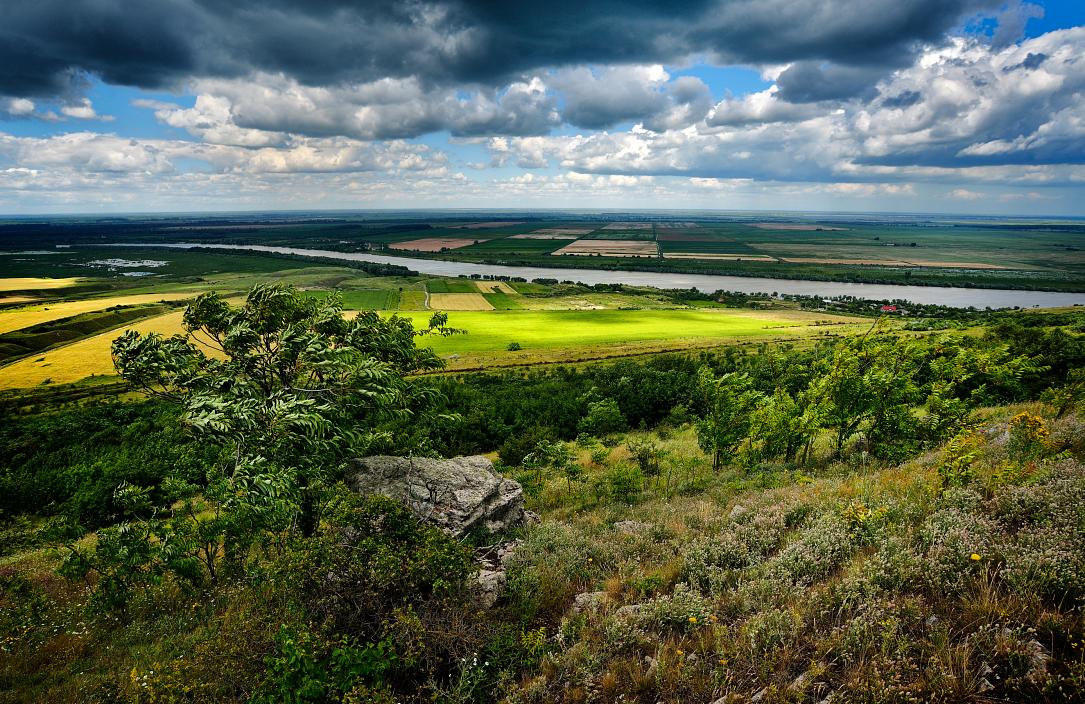
Romanian authorities in Tulcea are working to have the northeastern Dobrogea region recognized as a UNESCO Geopark due to its geological value.
According to experts, the mountains in the Dobrogea region represent important vestiges of an ancient mountain chain.
"These mountains are older than the Carpathians; they are unique geological relics on this planet. Discussions will continue with newly elected officials. The County Council is aware of this project. A dossier will be developed to gather all the necessary national agreements, and eventually, it will be submitted. We believe it will take a few years to be listed as a UNESCO heritage site," Madlen Șerban, Secretary-General of Romania's National Commission for UNESCO, told Agerpres.
She emphasized that the status of a geopark will not impose restrictions on the local communities within its territory.
"For local communities in the geopark, this status represents a brand, an international recognition. It means being part of a global network of values verified by highly rigorous international experts, not just by friends or family. Let’s not forget that competition is fierce on a global scale," Șerban added.
The UNESCO official also mentioned ongoing discussions at the Ministry of the Environment about amending the relevant legislation.
"At the ministry, there is a discussion to modify the legislation, not to prohibit or impose anything, but because it is written in legal expert jargon. The aim is to translate it into clearer language so that it’s understood that a UNESCO Geopark is not a protected area and does not impose restrictions," she said.
According to UNESCO, Geoparks are “single, unified geographical areas where sites and landscapes of international geological significance are managed with a holistic concept of protection, education and sustainable development.” There are currently 213 UNESCO Geoparks in 48 countries.
Currently, Romania has two UNESCO Geoparks: Hațeg Country and Buzău Land, the latter undergoing revalidation. Another planned Geopark, the Oltenia de Sub Munte region, was put on hold.
(Photo source: Mircea Bezergheanu | Dreamstime.com)







